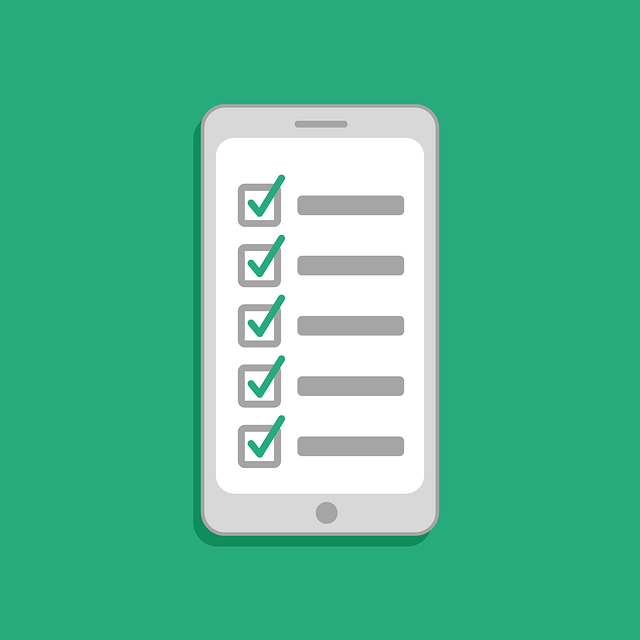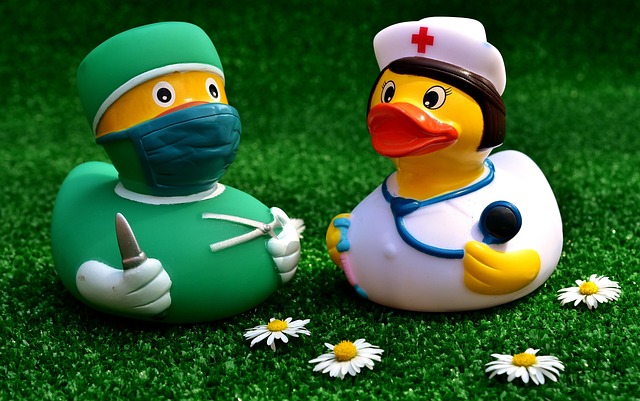Automated patient reminders using SMS, email, or calls significantly reduce no-shows, improve attendance rates, and optimize resource allocation in healthcare. These technological solutions enhance patient satisfaction, streamline communication, and lead to better health outcomes by minimizing human errors in reminder processes. Implementing automated reminders involves integrating software into existing systems, tailoring message channels based on patient preferences, and refining templates for effective engagement. Measuring success through no-show rate analysis, patient feedback, and continuous refinement ensures these tools remain vital for efficient healthcare scheduling in modern times.
In today’s fast-paced world, patient no-shows remain a significant challenge for healthcare providers. According to recent studies, automated patient reminders through SMS, email, and calls offer a promising solution to improve attendance rates. This article delves into the rising trend of automated reminder systems, exploring their impact on reducing no-shows and enhancing overall patient engagement. We provide actionable strategies, a step-by-step implementation guide, and insights into potential benefits and challenges, offering a comprehensive resource for healthcare professionals seeking to optimize their appointment management.
- Understanding Patient No-Shows and Their Impact
- The Rise of Automated Reminder Systems
- Effective Strategies for SMS, Email, and Call Reminders
- Implementing Technical Solutions: A Step-by-Step Guide
- Benefits and Potential Challenges of Automated Reminders
- Measuring Success and Continuous Improvement
Understanding Patient No-Shows and Their Impact

Patient no-shows, or instances where individuals fail to attend scheduled medical appointments, are a significant concern for healthcare providers worldwide. This issue impacts not only the patient’s health but also places an unnecessary burden on healthcare facilities and professionals. No-shows can lead to cancelled procedures, delayed treatments, and increased costs due to rescheduling efforts. Understanding the root causes of no-shows is crucial in developing effective strategies for prevention. Many factors contribute to this problem, including poor communication, lack of motivation, forgetfulness, transportation issues, and even scheduling conflicts with other commitments.
Automated patient reminders have emerged as powerful tools in the fight against no-show prevention. These technological innovations, such as SMS reminders, email notifications, or reminder call services, play a pivotal role in improving medical attendance rates. By implementing these automated patient reminders, healthcare providers can ensure that patients receive timely notifications, enhancing their chances of keeping appointments. This simple yet effective strategy has the potential to boost medical attendance and ultimately contribute to better health outcomes for patients.
The Rise of Automated Reminder Systems

In today’s digital age, the healthcare industry has witnessed a significant shift towards automated patient reminders as a powerful tool to combat no-shows and enhance attendance rates. Automated reminder systems have emerged as game changers in healthcare scheduling, leveraging technology to improve patient engagement and clinic operations. These sophisticated tools send out timely notifications via SMS, email, or phone calls, ensuring patients are reminded of their appointments well in advance.
This innovative approach addresses the challenges posed by manual reminder processes, which often lead to human errors and overlooked appointments. By automating healthcare scheduling reminders, clinics can reduce no-show rates, optimize resource allocation, and improve overall patient satisfaction. The efficiency and accessibility of automated patient reminders have made them an indispensable component in modern healthcare practices, fostering a more organized and responsive medical environment.
Effective Strategies for SMS, Email, and Call Reminders

Effective strategies for automated patient reminders involve a multi-channel approach leveraging SMS, email, and phone calls to maximize engagement. SMS remains a powerful tool due to high open rates, with concise messages that can be personalized to include appointment details and brief reminders. Email allows for more detailed information, including visual elements like images or links to location maps, enhancing the patient experience.
Additionally, reminder call services can significantly reduce no-shows by proactively reaching out to patients a day or two before their appointment. These calls can offer a human touch, addressing any concerns and reinforcing the importance of attendance. Integrating clinic reminder automation into existing systems streamlines the process, ensuring timely and consistent communication without additional administrative burden.
Implementing Technical Solutions: A Step-by-Step Guide

Implementing technical solutions to enhance patient attendance requires a strategic approach. Here’s a step-by-step guide to get started with automated patient reminders:
1. Assess Current Scheduling System: Begin by evaluating your existing healthcare scheduling software or system. Ensure it is capable of integrating new reminder features or consider switching to a platform that offers robust automation capabilities, including SMS, email, and call reminders.
2. Identify Patient Needs: Understand the demographics of your patient base and their preferred communication channels. Some patients may prefer SMS, while others might rely on emails. Tailoring your reminder service to meet these preferences will increase engagement.
3. Choose Reminder Automation Tools: Select an automated patient reminder system that aligns with your healthcare facility’s requirements. This could include dedicated reminder call services or integrated clinic reminder automation software. Look for features like customizable message templates, scheduling options, and analytics dashboards.
4. Integrate with Existing Systems: Ensure seamless integration of the chosen reminder tool with your existing EMR (Electronic Medical Record) system and/or healthcare software. This will enable automatic data synchronization, ensuring accurate patient information for personalized reminders.
5. Customize Reminder Messages: Craft effective reminder messages that convey importance, provide clear instructions, and offer value to patients. For instance, a simple text like, “Just a friendly reminder about your upcoming appointment! Reply YES to confirm attendance,” can boost response rates.
6. Set Reminder Triggers: Define the triggers for sending reminders—whether based on time before the appointment, patient preferences, or specific clinical criteria. You can program these reminders to go out automatically, ensuring no missed opportunities to engage with patients.
7. Test and Iterate: Before full-scale implementation, conduct pilot tests to gauge response rates and refine your reminder strategies. Analyze patient feedback and adjust the system accordingly to optimize attendance rates.
Benefits and Potential Challenges of Automated Reminders

Measuring Success and Continuous Improvement

Measuring the success of automated patient reminders is key to improving healthcare services. By analyzing data on no-show rates and comparing them with the implementation of these tools, healthcare providers can quantify their impact. For instance, a significant drop in no-shows could indicate effective patient engagement and adherence. Additionally, tracking patient feedback through surveys or calls can provide qualitative insights into how automated reminders influence satisfaction levels and overall medical attendance boost.
Continuous improvement relies on regularly reviewing and refining the reminder systems. This involves adjusting messaging, timing, and channels based on response rates and patient preferences. Over time, such iterative processes enhance no-show prevention tools, ensuring they remain relevant and effective in modern healthcare settings where efficient scheduling reminders are increasingly vital.
